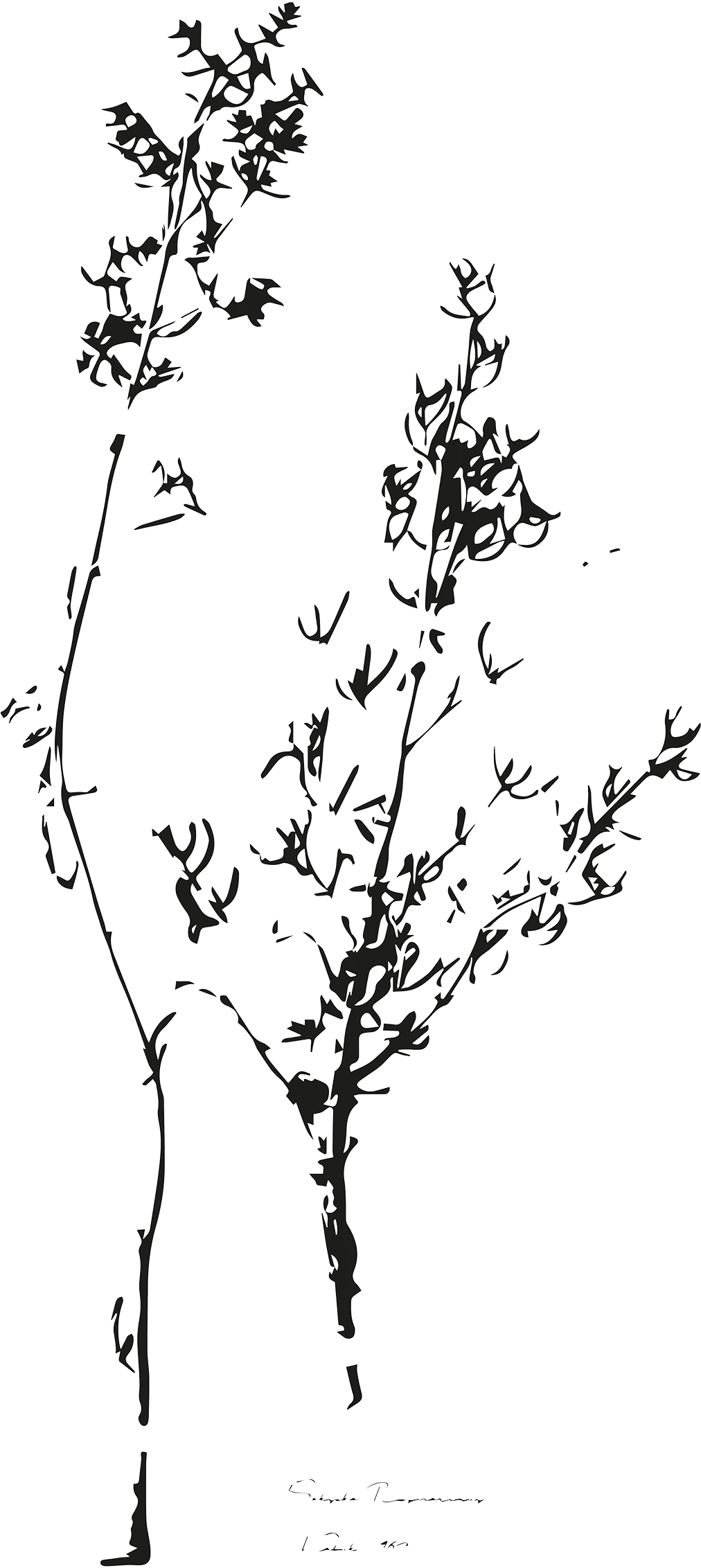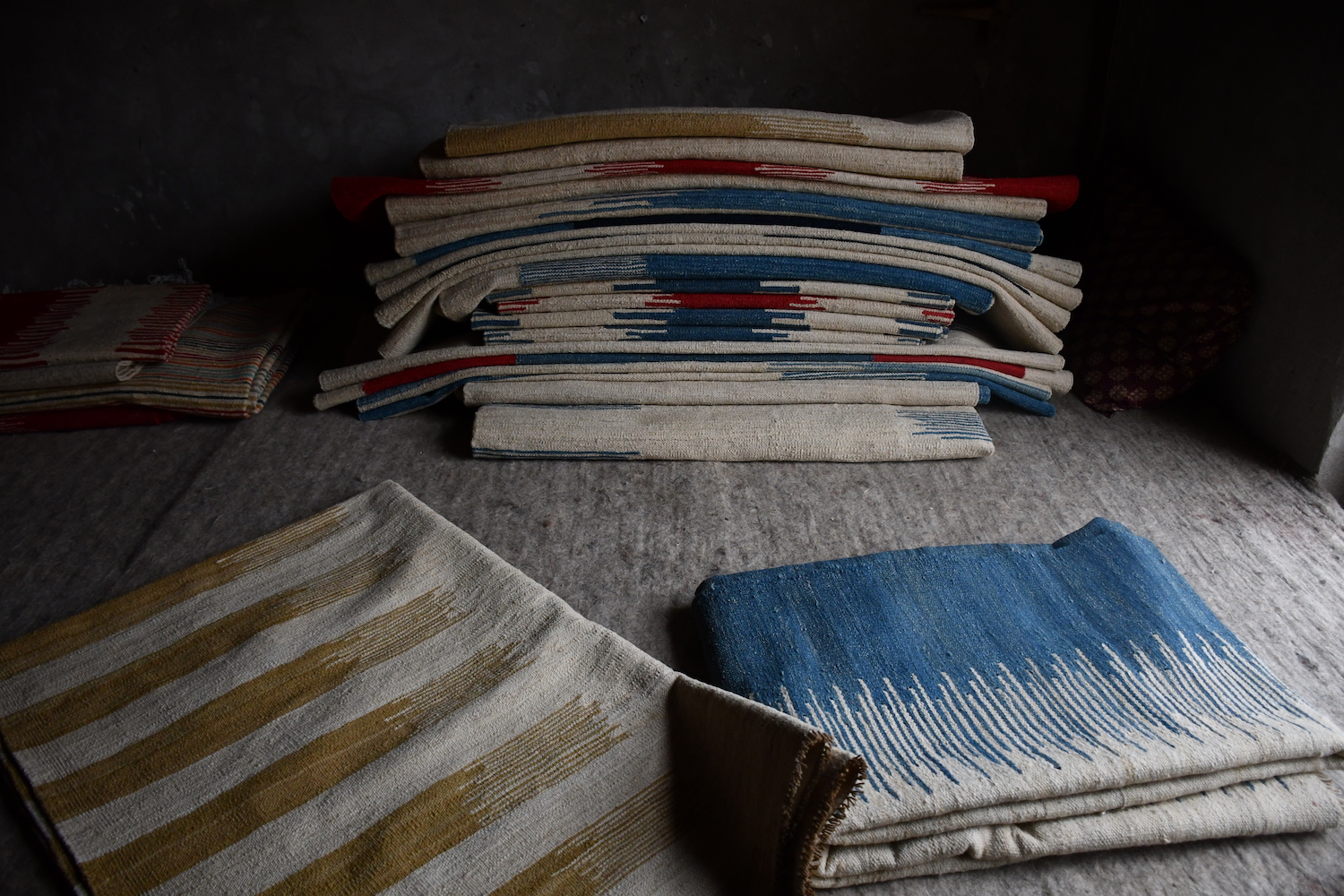Story
The Impact
Kilim weaving is one of the few livelihoods now available to women in Afghanistan. We’ve been working with kilim weavers in Afghanistan for years, initially working with women who’d been internally displaced because of drought, and now we’ve expanded our enterprise to other weavers across the country. With the new restrictions from the Taliban, women are prevented from almost all employment but weaving from home is one of the few livelihoods possible. Every kilim purchased will go directly back to the hands of the people who made it.
The Artisans
Every kilim is made by hand from start to finish. The process of making the wool and dyeing it is done by men, as is washing the final product. But the weaving of the kilim is done by women in their own homes. We’re now working with 50 women on these kilims, 30 have always been weaving kilims but 20 are newcomers. As when the country fell to the Taliban, kilim weaving is one of the few livelihoods available, each one taking around three months to produce.
The Wool
Part of what makes Afghanistan’s kilims so special is the wool they are made from. Each strand of wool is individually spun by hand, giving the kilims great character. With its unusually long strands Ghazni wool is also famously hardwearing, meaning Afghan carpets can survive for centuries.
















